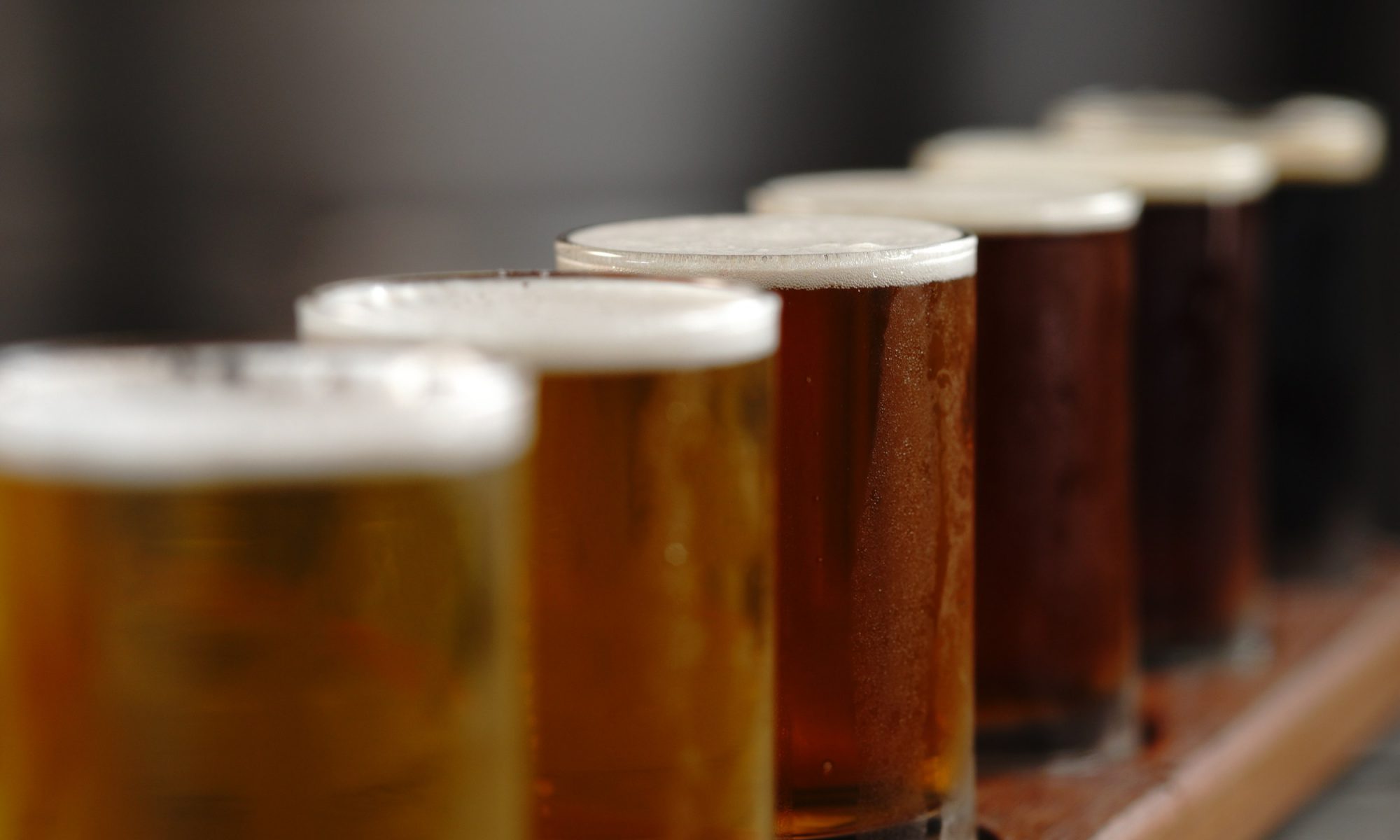We’ve got a lot of old, used bottles and they need to be clean before we can re-use them for our home brew. We’ve noticed that bottles we thought were clean showed up streaks and spots once beer had been in them for a while. We’ve not had any infections but we were taking risks.
We can’t afford to buy new bottles for every batch and, while we’re kegging a reasonable amount, we’re going to need bottles for higher strength or long-term beers.
We’ve embarked upon a stricter cleaning regime involving soaking in VWP, scrubbing with a bottle brush and rinsing with Starsan.
Unfortunately, we’re still finding bottles with streaks of muck (yeast?) down the sides and around the ‘shoulders’. It was time to find a cleaner and approach that worked more reliably.
The candidates were:
- Aerial washing powder. This is a pretty good cleaner and has removed strong stains in the past.
- Fairy liquid. Again, it’s proved itself in the past.
- VWP. Our usual cleaner for brewing equipment.
- BrewClean. An alternative cleaner that we’ve used in the past for thorough kit cleaning.
- Bruzyme. This professes to be good at cleaning biological materials.
- Caustic soda. The ultimate heavy duty cleaner.
A little bit of each was put into two bottles which had proved stubborn to clean and left for 24 hours.
The first to be eliminated was, surprisingly, the Caustic soda. One bottle wasn’t clean, the other was debateable. Two others, the Aerial and the Fairy, also failed to clean one of the bottles.
This leaves just the VWP, BruClean and Bruzyme. Future testing will use these but we don’t expect VWP to be the best choice.
